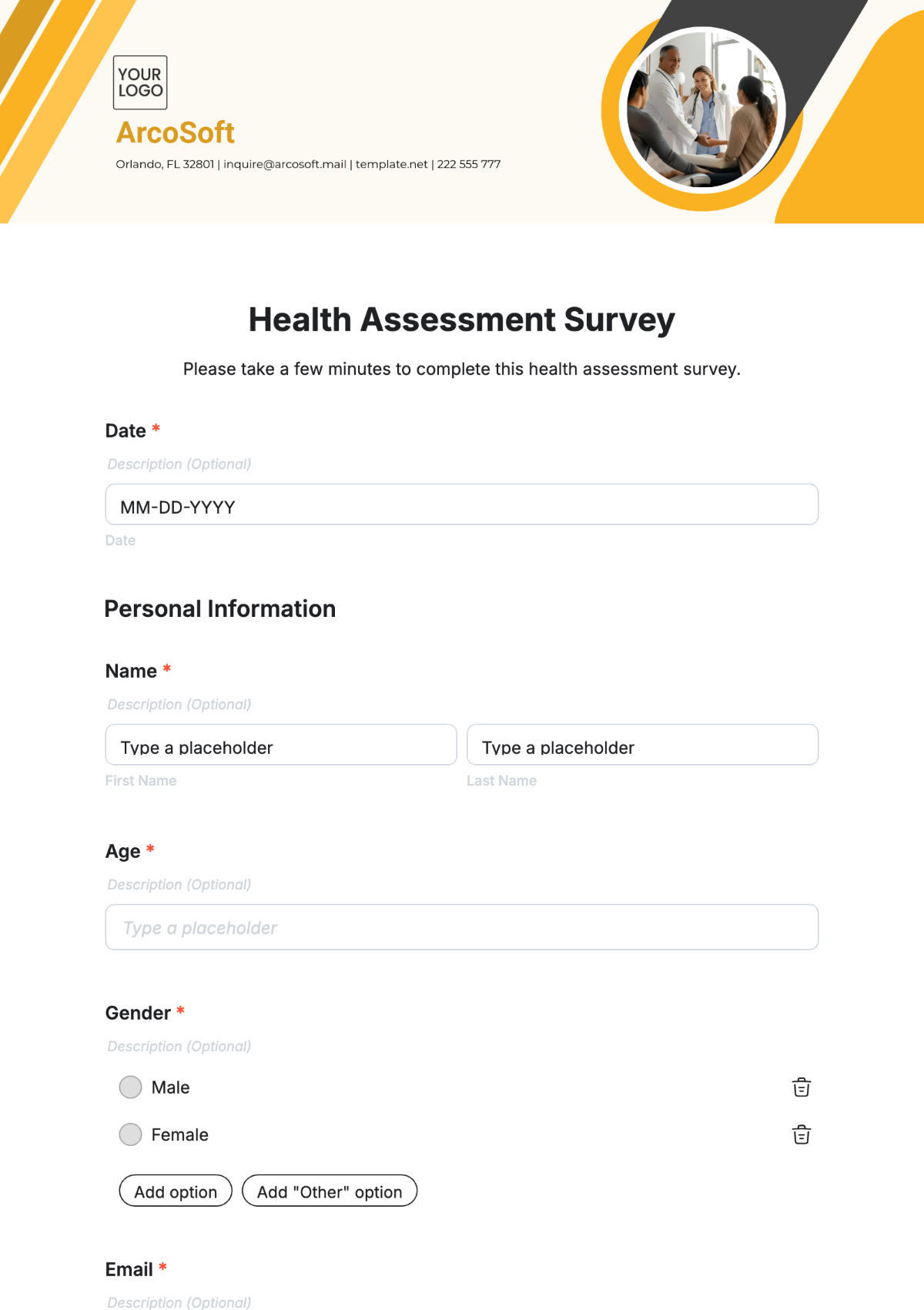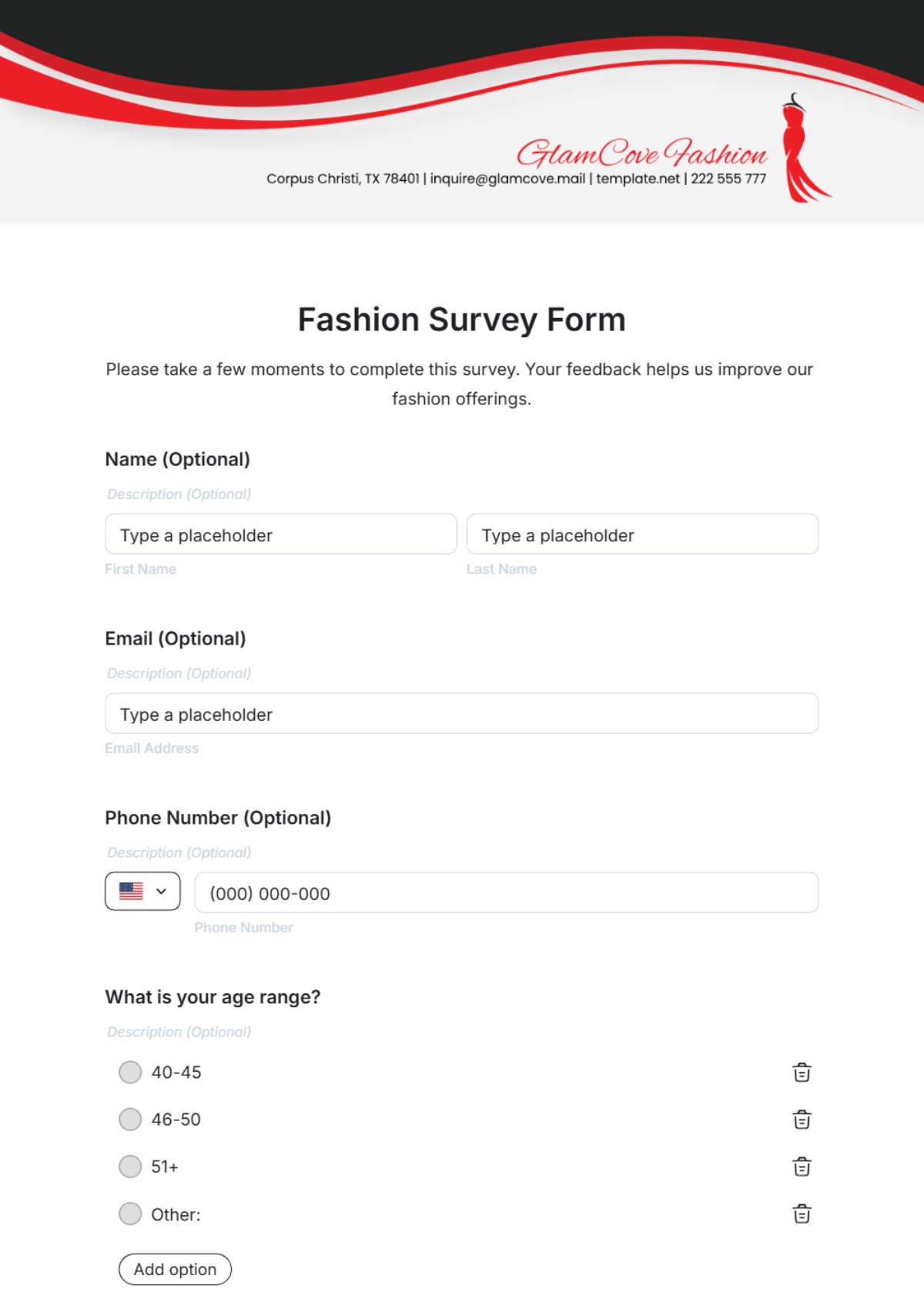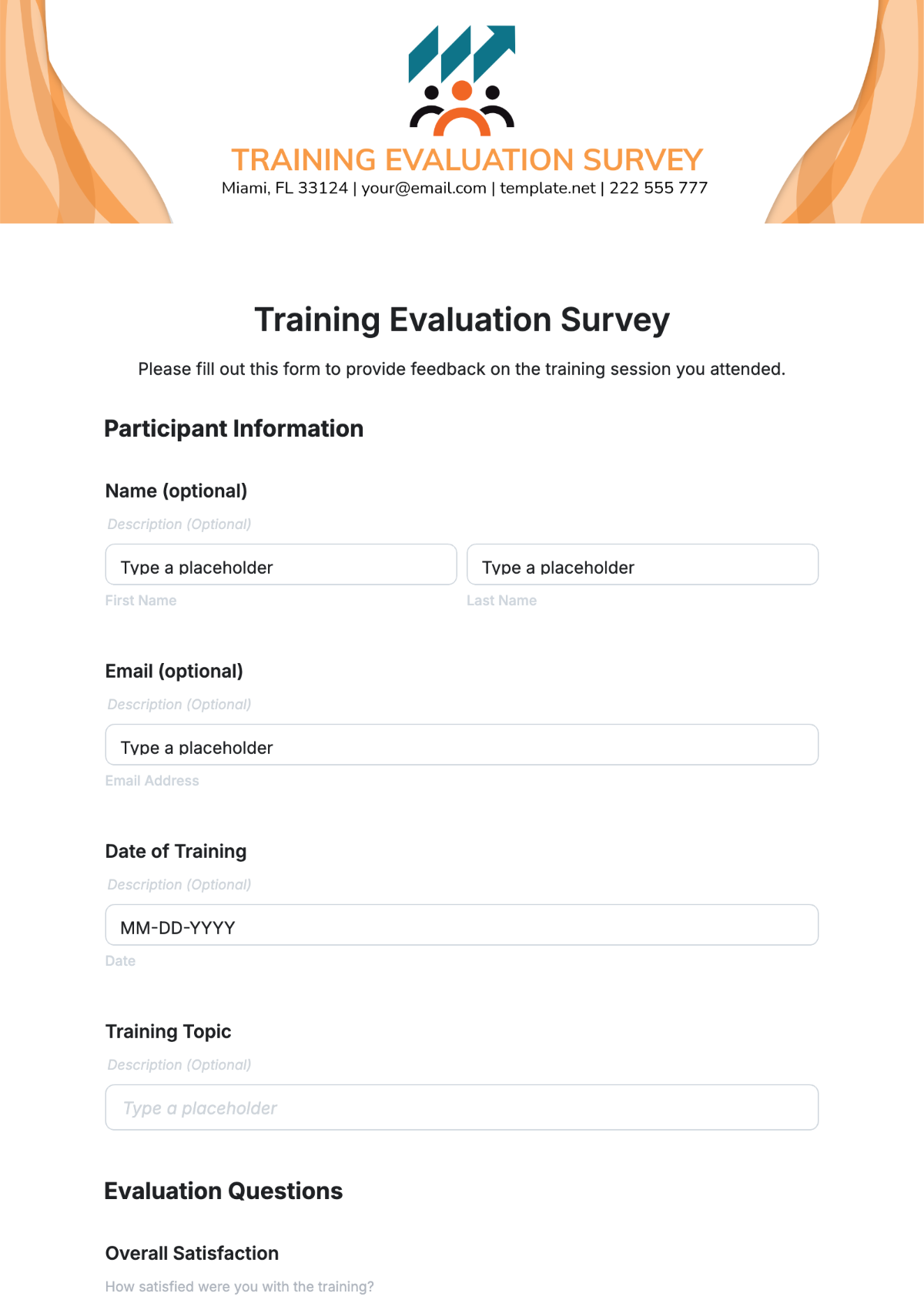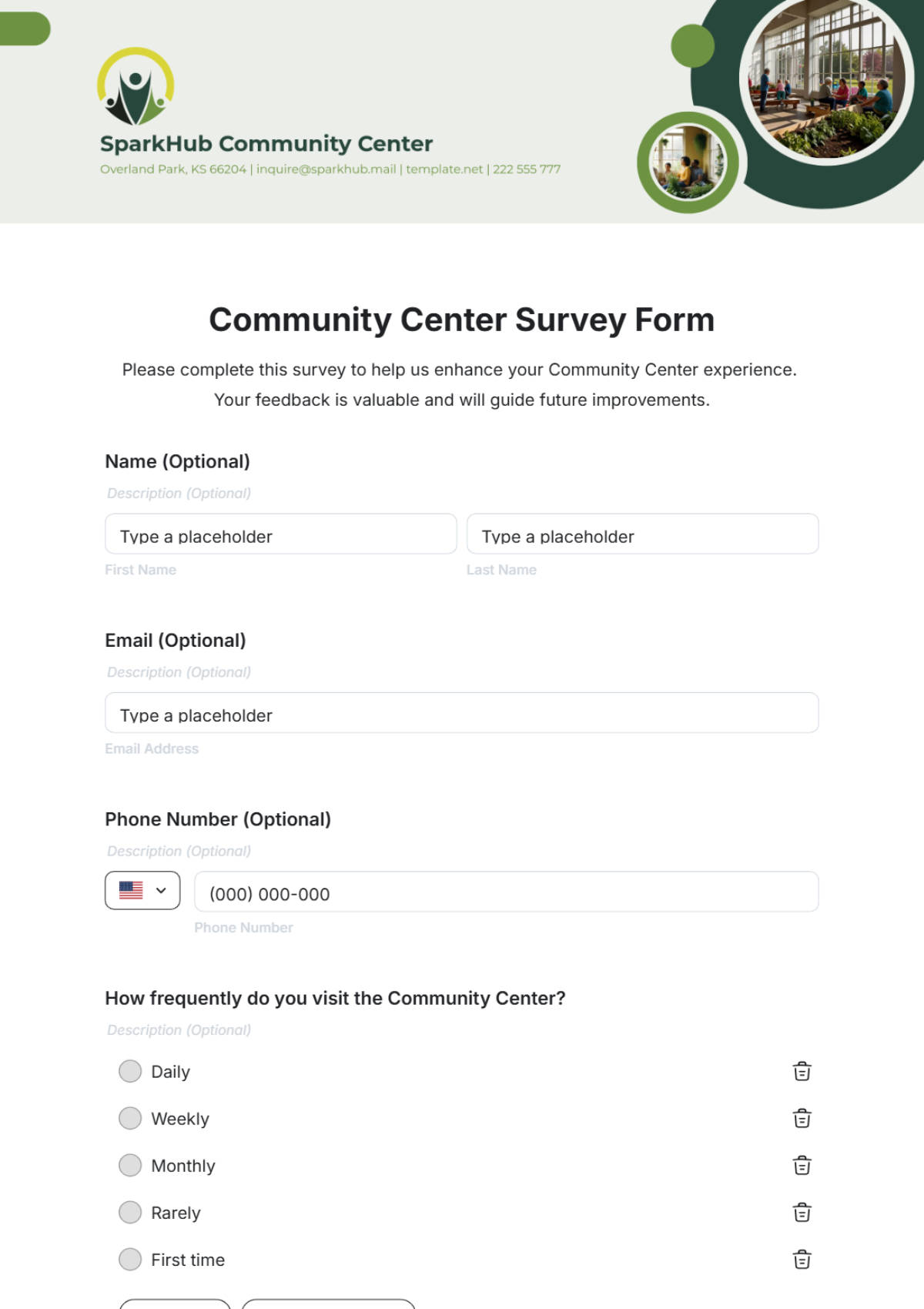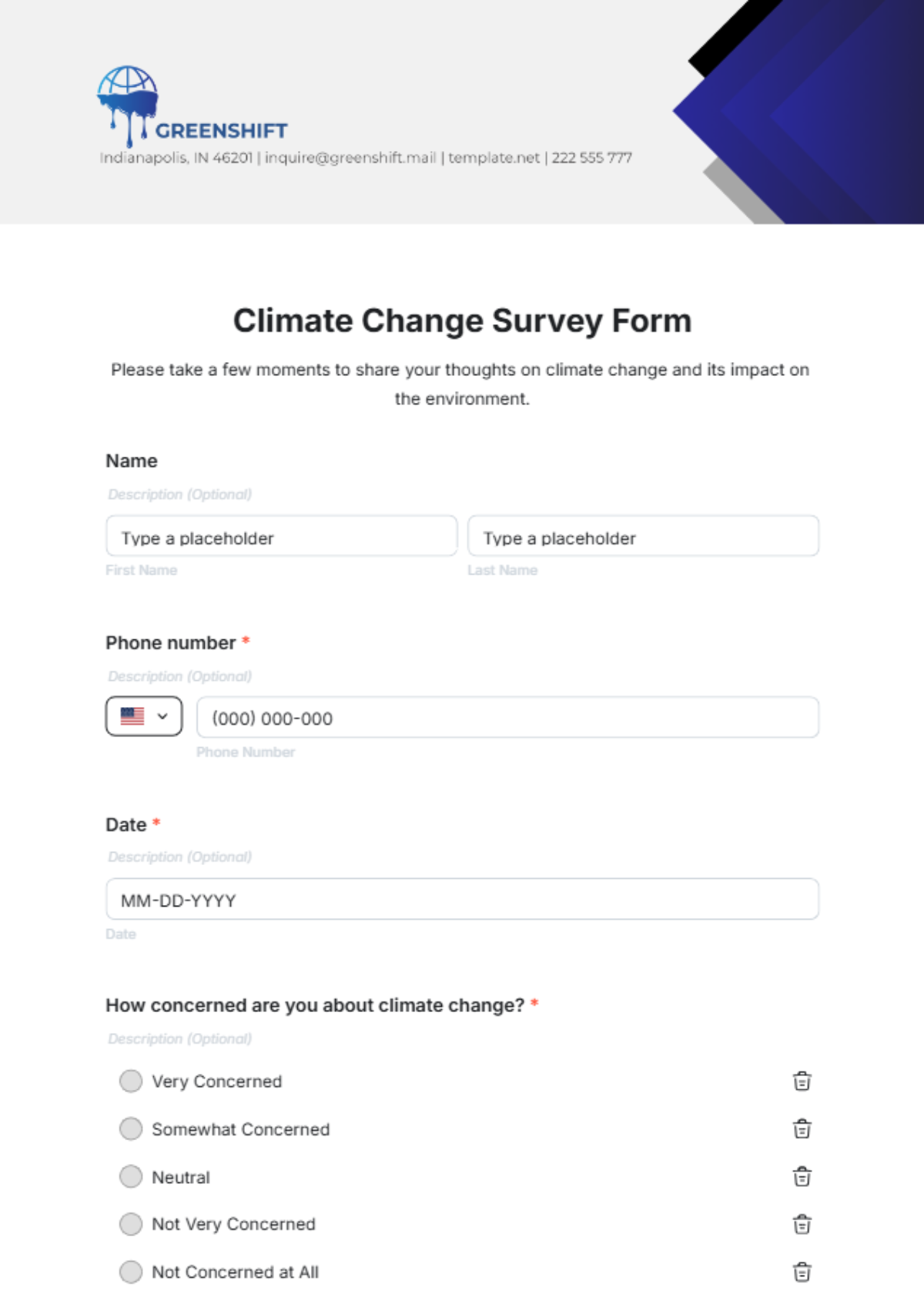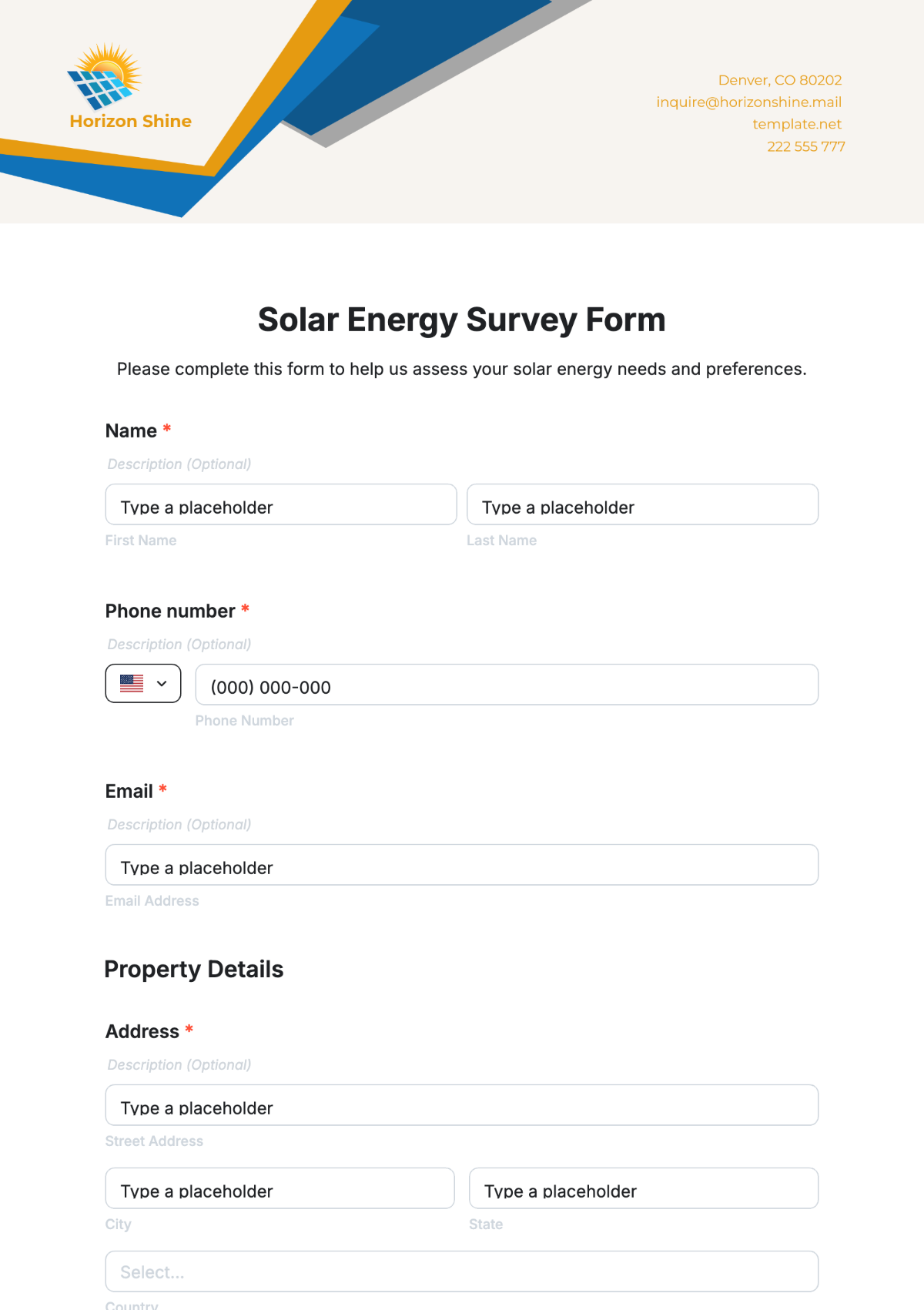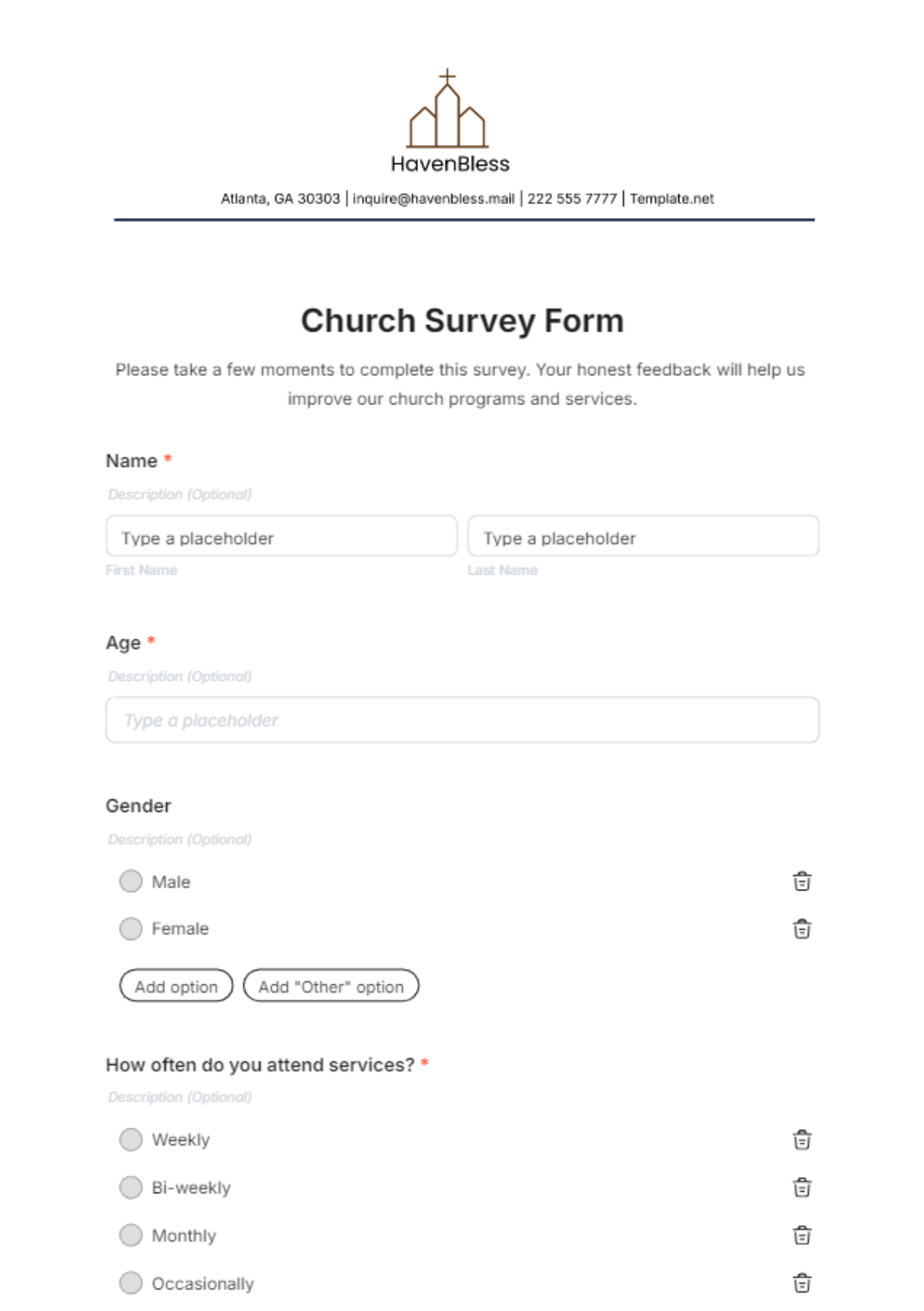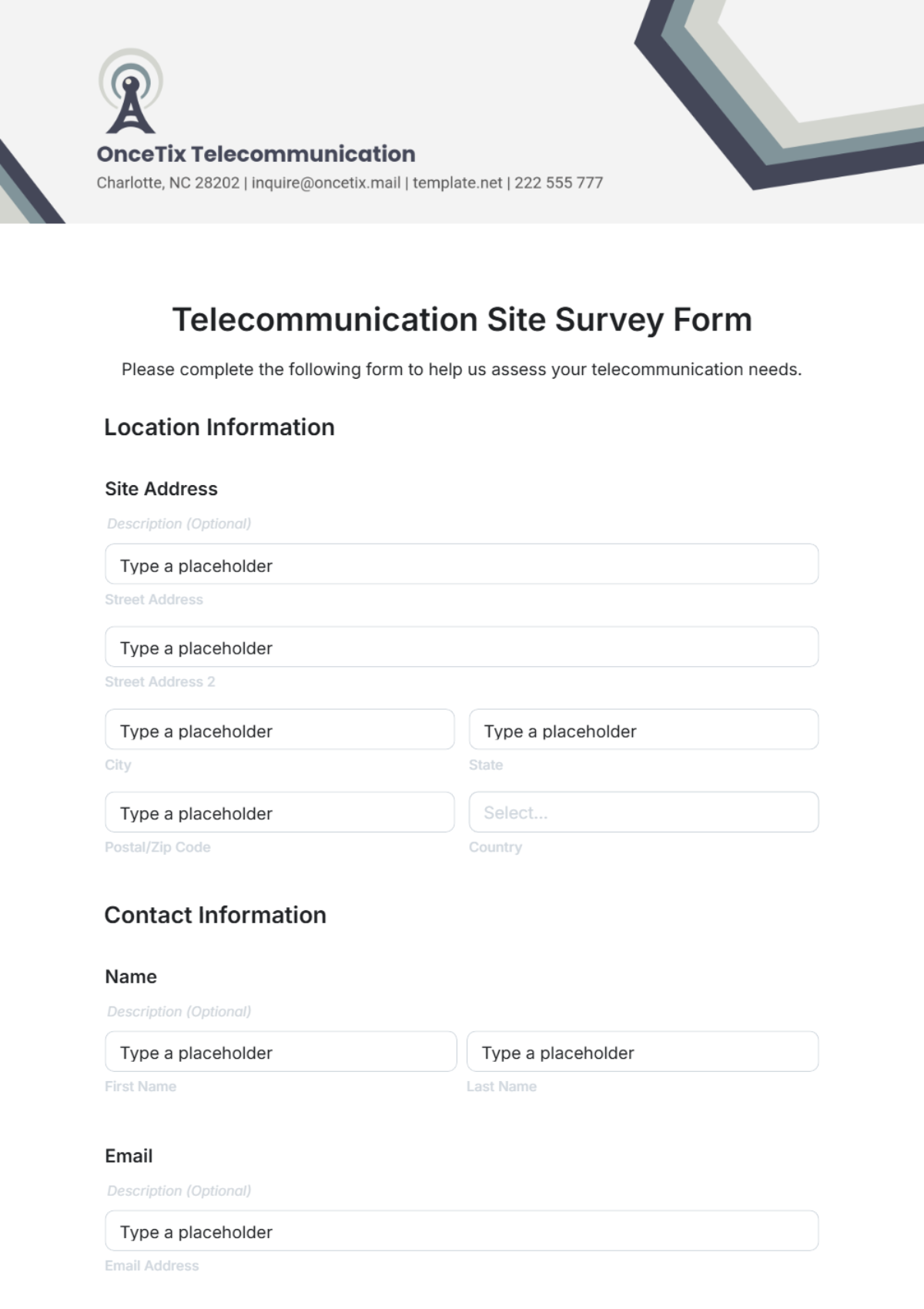Geo-Targeted Surveys Descriptive Research
Prepared By: [YOUR NAME]
Date: [DATE]
I. Introduction
Geo-Targeted Surveys Descriptive Research is a method employed to collect and analyze data within specified geographic locations. The objective of this research is to describe characteristics, behaviors, and trends in these targeted areas by surveying individuals and understanding patterns related to demographics, economics, and social factors. This study aims to provide a comprehensive overview of the unique attributes of the selected geographic areas.
II. Methodology
A. Survey Design
A structured questionnaire was developed to cover a wide range of topics, including demographics, economic activities, and social behaviors. The questionnaire included 25 questions, ranging from multiple-choice to open-ended responses, addressing key aspects like employment status, income levels, housing conditions, educational background, and community engagement.
B. Sampling Methods
A stratified random sampling technique was used to ensure diverse representation within the target geographic area. Sampling quotas were set based on the latest demographic data, targeting specific groups by age, gender, income, and education levels. A total sample size of 1,500 respondents was achieved, with proportional representation from various neighborhoods.
C. Data Collection Process
Surveys were distributed both online and through face-to-face interviews conducted in public places such as shopping centers, parks, and transit hubs. The data collection period spanned from June 1, 2054, to July 15, 2054. To enhance participation, respondents were offered a small incentive in the form of a $10 gift card for completing the survey.
III. Demographic Profile
The demographic profile of the survey respondents is shown in the table below:
Category | Percentage |
|---|---|
Age | 18-24: 20%, 25-34: 30%, 35-44: 25%, 45-54: 15%, 55+: 10% |
Category | Percentage |
|---|---|
Gender | Male: 48%, Female: 50%, Other/Prefer not to say: 2% |
Category | Percentage |
|---|---|
Income | Less than $25,000: 25%, $25,000-$50,000: 35%, $50,001-$75,000: 20%, $75,001-$100,000: 15%, More than $100,000: 5% |
Category | Percentage |
|---|---|
Education | High School: 30%, Some College: 25%, Bachelor's Degree: 25% Graduate Degree: 20% |
IV. Findings/Results
Economic Activity: 60% of survey respondents are employed full-time, with a significant portion of these full-time workers predominantly occupying roles in the service and technology industries.
Housing: 70%of the individuals who responded to the survey are homeowners, and the average number of people living in each household is 2.8.
Education: A significant proportion of the population demonstrates a high level of educational achievement, as evidenced by the fact that 45% of individuals have attained a bachelor's degree or an even more advanced level of education.
Social Behavior: There is a notably high level of engagement in community activities, as evidenced by the fact that 55% of individuals participate in local events on at least a monthly basis.
V. Discussion
Economic Insights: The high employment rate and concentration in certain sectors indicate robust economic health, particularly in the tech and education sectors. However, there is a need for job diversification to reduce dependency on these industries, particularly in the event of economic shifts.
Social Dynamics: A significant level of community participation reflects strong social bonds, which can be leveraged for community development projects. The high participation rate suggests the potential for expanding community-based initiatives in various neighborhoods.
Housing Trends: The high rate of homeownership suggests stability but also highlights potential challenges for new entrants looking to buy homes, especially in high-demand areas where property prices are rising.
VI. Recommendations
Develop Workforce Training Programs: Support the growth of emerging industries, particularly in underrepresented fields like renewable energy and healthcare. Pilot programs could be implemented to target young adults seeking new career paths.
Promote Affordable Housing Initiatives: Accommodate new residents and young families in high-demand neighborhoods where housing options are currently limited.
Enhance Community Engagement: Organize inclusive events and activities that cater to diverse populations. Expanding cultural festivals and public forums could strengthen community ties.
VII. Conclusion
This comprehensive research endeavor has effectively illuminated the essential characteristics and prevailing trends within the specified geographic area under investigation. Through meticulous analysis and thorough examination, the study has gathered valuable insights that offer a robust foundation for implementing strategically targeted actions. These actions are aimed at fostering and advancing both economic and social development within the region, thereby contributing significantly to its overall growth and prosperity.
VIII. Appendices
Additional data and technical details are provided in the appendices:
Appendix A: Survey Questionnaire: Includes the full list of questions used in the survey, covering demographics, economic activities, social behaviors, and community engagement.
Appendix B: Detailed Statistical Tables: Contains comprehensive tables with detailed statistical analyses, including frequency distributions, cross-tabulations, and significance tests for various survey variables.
Appendix C: Data Collection Methods: Outlines the procedures and techniques used in data collection, including sampling methods, survey administration protocols, and quality control measures.
IX. References
Doe, J. (2054). Geo-Targeted Surveys Descriptive Research. Boston Research Institute.









